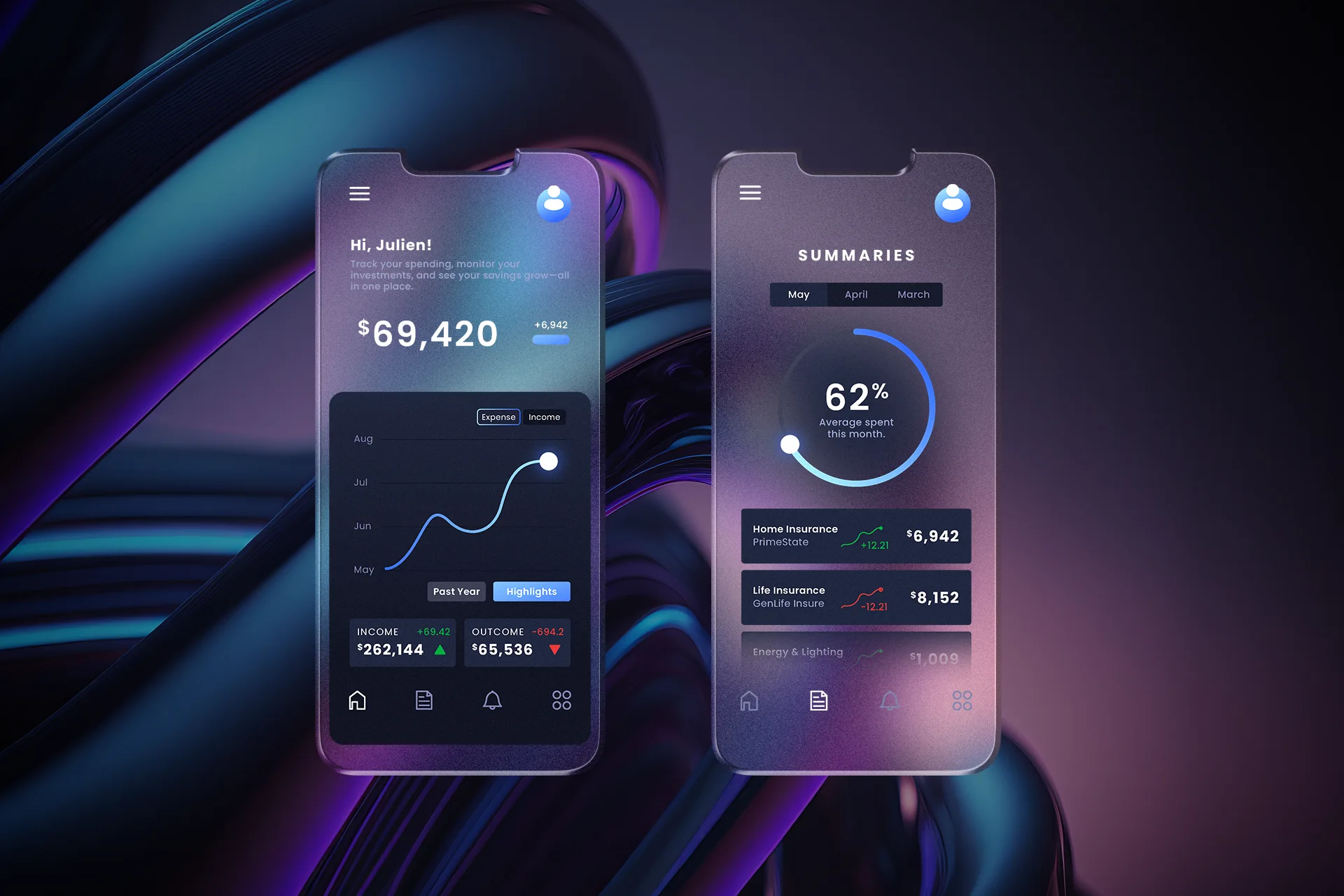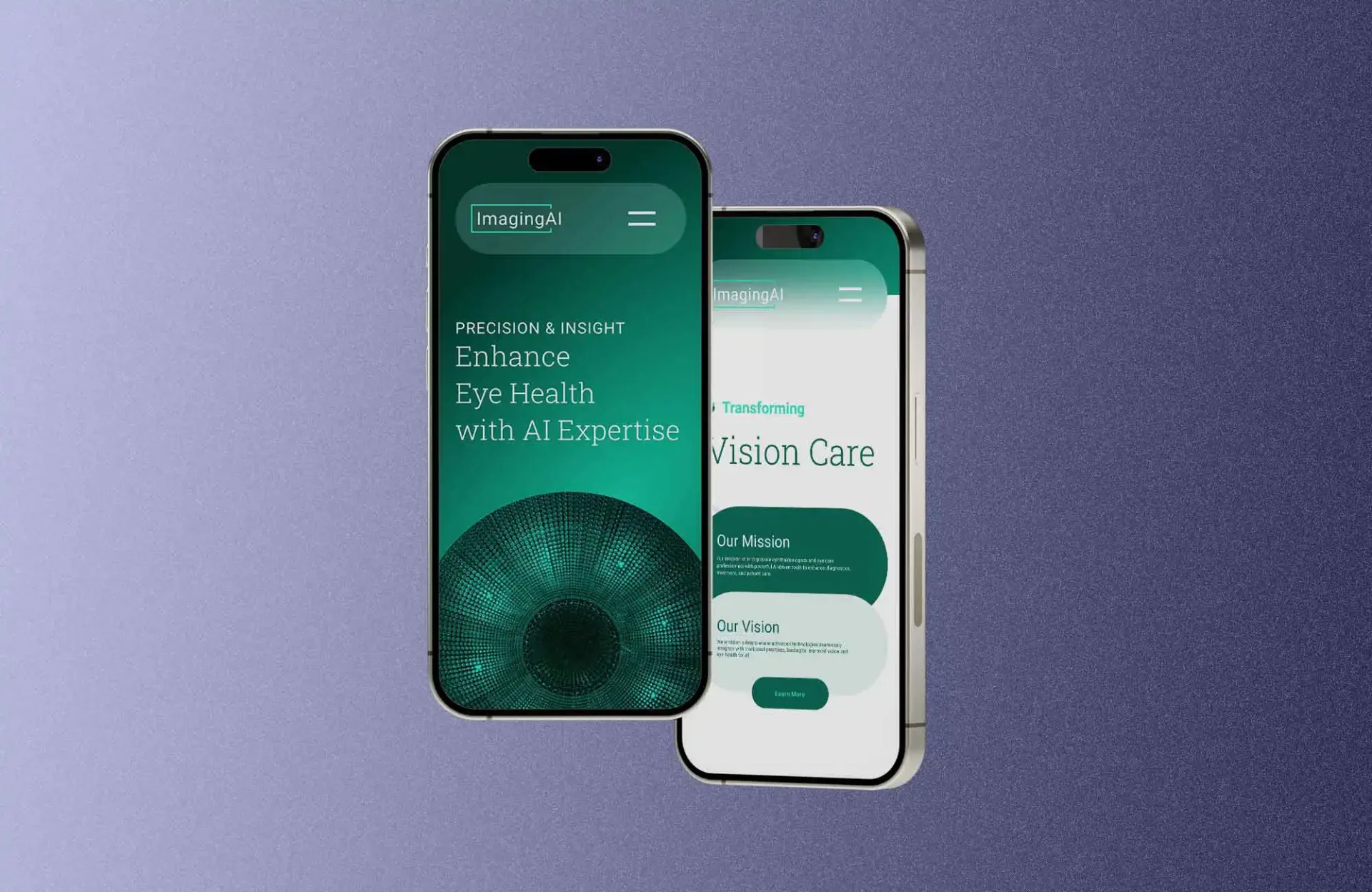Although different forms of AI technology have been a part of the digital world for years, most recently, it has skyrocketed across industries. From financial sectors to healthcare, and travel to retail, AI has significantly shifted how we interact with technology and navigate its user interfaces. Expanding upon this notion, ArtVersion shared their insight on the way user interface design for AI technologies needs to equalize the axis between familiarity and innovation. In this month’s Fast Company publication, ArtVersion elaborated on the idea that robust technology should be represented with a future-proof design.




The article, “Why User Interface Design is Important for AI Technology,” touches on key points, one of them being accessibility. The changes to today’s digital standards are many and innovative ideas are shifting the standard, however, ensuring that your entire user base can enjoy a digital experience is fundamental. ArtVersion states, “Accessible user interfaces allow for broader inclusivity, enabling users with various needs, —such as visual, auditory, motor, or cognitive impairments—to interact effectively with AI-driven applications. Accessible and user-centric design expands the user base and complies with legal standards and ethical responsibilities to provide equal access to technology.”
Yet it isn’t just accessibility that should be prioritized, but familiarity as well. With the rise of technology, a familiar UI can bridge the gap between advanced functionality and everyday user understanding. The article continues, “Familiar design elements reduce the learning curve and cognitive load, allowing users to focus more on task completion rather than navigating a new system. This is especially important in AI, where the background processes and data analyses are complex. By using familiar UI designs, developers can help ensure that the benefits of AI are accessible and beneficial to a broader audience, furthering trust and encouraging wider adoption of new technologies.”

Alongside these aspects, the team also shares that creating a brand-focused design system can also further a company’s positioning and familiarity. Not only does that create a smoother, cohesive implementation of visuals, but it also in turn creates a cohesive visual story for the technology to live on.
Additionally, by integrating a consistent design language throughout all touchpoints, from marketing materials to user interfaces, companies can enhance user engagement and loyalty. This unified approach helps build a strong, recognizable brand identity that resonates with users across different platforms and interactions, ultimately creating a deeper connection with the audience. A strategic alignment visually can streamline the user experience and simultaneously amplify a brand’s voice in a crowded market. AI has become a tool that is rapidly shifting the digital space, and its visual story should be just as impactful.
Read the full article: Why User Interface Design is Important for AI Technology








